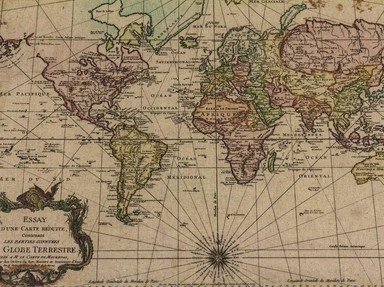Quiz Answer Key and Fun Facts
1. The year is 10,000 BC, and this ancient city, which stretches back so far into the past, can even be found mentioned in the Bible. Can you blow your trumpet and march around its walls seven times, and then tell me its name?
2. Located on the coast of Lebanon some twenty-five miles north of Beirut, this continuously inhabited city's origins are placed between 8,000 to 7,000 BC. With a name that is suggestive of books, what is its name?
3. Developing around the period 5,000 BC, Argos is a city in a country whose early inhabitants worshipped gods such as Demeter, Apollo and Hestia. Can you name this country?
4. Founded approximately 3,500 BC, the city of Balkh in what we know today as Afghanistan, was almost destroyed around 1,300 AD by which barbaric leader feared throughout the world at that time?
5. The old city of Sidon grew from 3,000 BC. When Darius the not so great fled from Alexander the Great each time they met in battle, why was this city spared from destruction by the victorious Alexander?
6. If you hop into your car now and drive fifty miles south of Beirut, you'll come to this Lebanese city founded in 2,700 BC. Originally built on an island just off the coast, it is now part of the mainland. Can you name this city?
7. With all the chatter going on here, it's hard to concentrate. However, in 1,800 BC this ancient city, with a history that has filled volumes of books, began its life in the fertile crescent of Mesopotamia. What is its name?
8. It is now 2,000 BC and Kutaisi is developing along the banks of the Rioni river, in a country that appears to have an American state as a distant relative. Which country is this?
9. In 1,130 BC, this continuously inhabited city, which is looked upon as one of the Four Ancient Capitals of China, was founded. What is its name?
10. Ife, a city in Africa that was founded in 600 BC, is commonly referred to as the City of Deities. In which African nation, located in the west of that continent, can Ife be found?
Source: Author
Creedy
This quiz was reviewed by FunTrivia editor
Tizzabelle before going online.
Any errors found in FunTrivia content are routinely corrected through our feedback system.

